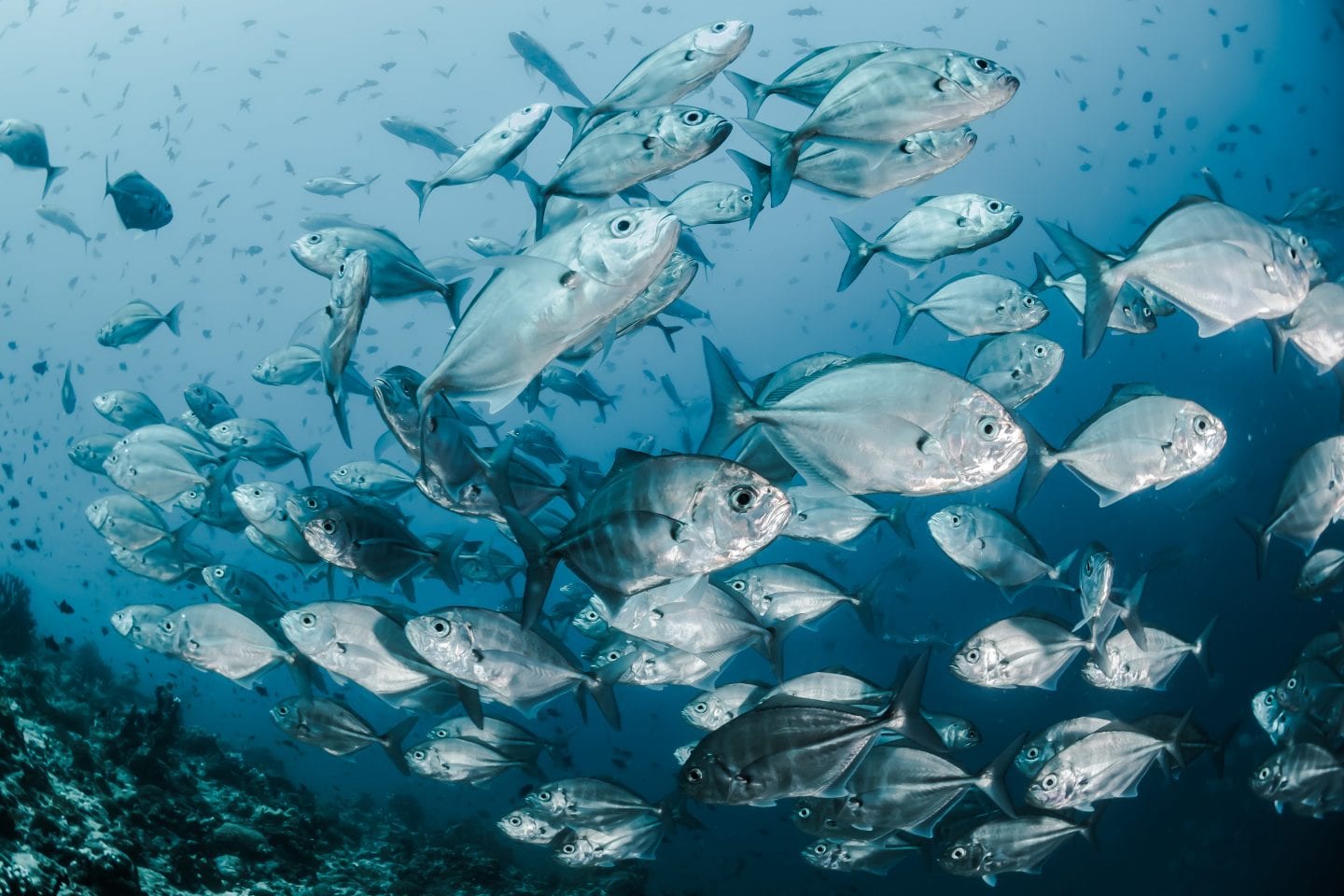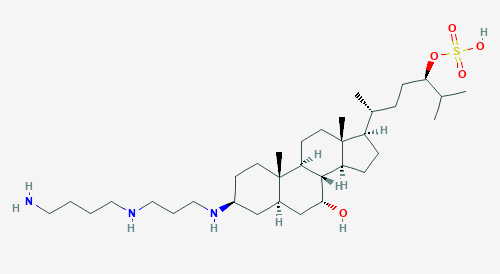Positively-charged squalamine binds to negatively-charged cell membranes, displacing proteins and blocking viruses from replicating.
Introduction
In Native Hawaiian culture, people have at times performed rituals so that ancestors would become ‘aumakua—spiritual guardians often taking the form of animals, especially sharks. Some families relate how a shark ‘aumakua rescued someone from drowning or herded fish into nets to enlarge a fisherman’s catch. Other shark gods called manō kumupa‘a have also been seen as protectors of humanity.
Recent science may prove sharks to be our champions out of the water as well. These sleek denizens of the deep have existed for 450 million years—longer than trees—and their immune systems have contributed to their longevity. One part of this defense system is a chemical called squalamine, which resists viral infection and just might serve as an antiviral therapy for humans.
The Strategy
The squalamine molecule is a type of steroid not unlike the most abundant steroid in the human body: cholesterol. What makes squalamine unique is its long, positively-charged tail. We often hear “opposites attract,” and while that might not always ring true with human relationships, it is undeniably true in chemistry.
Negatively-charged and positively-charged molecules are drawn to each other and stick together like magnets on a refrigerator. As a result, squalamine’s tail latches onto certain negatively-charged cell membranes, including in and blood vessel cells. But squalamine is a bit pushy, not content to simply connect to an alluring cell membrane. Instead, it bumps s attached to the membrane out of its way. Those proteins aren’t just loitering, they’re controlling specific cell functions; so when they’re brushed aside, cell chemistry and behavior change.
A virus coming into the body while squalamine was coursing through the liver wouldn’t necessarily recognize the liver.Dr. Michael Zasloff of Georgetown University (from an interview with Chemical & Engineering News)
Have you ever failed to recognize someone at first because you’d never seen their face behind glasses, without a beard, or underneath newly dyed hair? This is what happens to viruses when they enter cells that “look” different. “A virus coming into the body while squalamine was coursing through the liver wouldn’t necessarily recognize the liver,” said Dr. Michael Zasloff of Georgetown University in an interview with Chemical & Engineering News.
This was illustrated in a study Zasloff led to evaluate squalamine as a potential antiviral therapy. The research team modified steroid molecules found in soybeans to produce squalamine in the lab without having to impact live sharks. They then injected the compound into human cells and animals before trying to infect them with certain viruses.
Normally when a virus enters a cell, it looks for the proteins it has adapted to recognize, finds the chemical environment it expects, and binds to the cell membrane where it replicates. When a virus replicates, it spreads to other cells, where it further replicates, spreading and infecting the body. But Zasloff’s results suggest that when viruses enter cells containing squalamine, the displaced proteins combined with the altered chemistry kept the viruses from binding to membranes, which in turn prevented replication and overall infection.
The Potential
In general, the more squalamine that was injected, the better it defended against viruses. The results demonstrated it has the potential to prevent viral infection, especially for viruses such as dengue and hepatitis B that affect liver cells, where squalamine eagerly binds to membranes.
Stereotypes of sharks as fearsome attack fish can interfere with us seeing them simply as fellow organisms in the web of life. They may not be as intentionally benevolent as ‘aumakua, but there is still much we can learn, and many ways we benefit from the lives of these ancient survivors.












